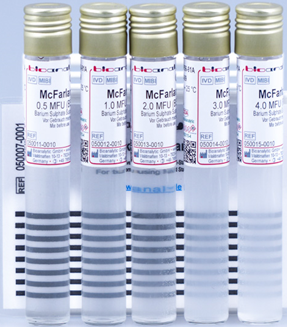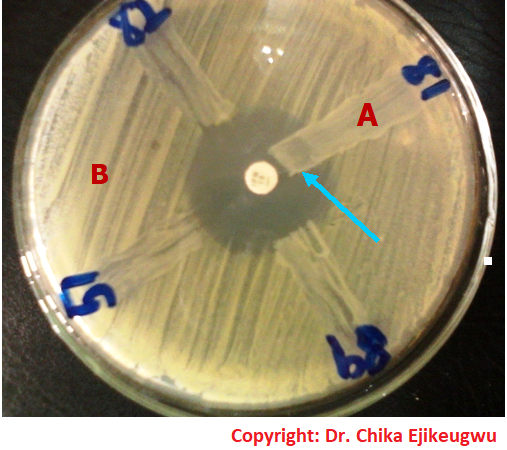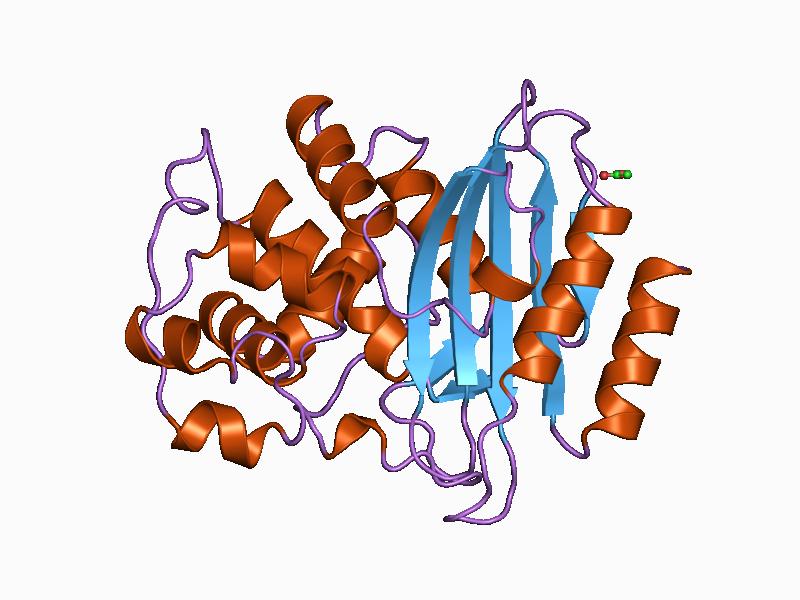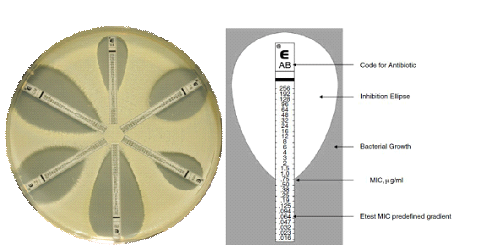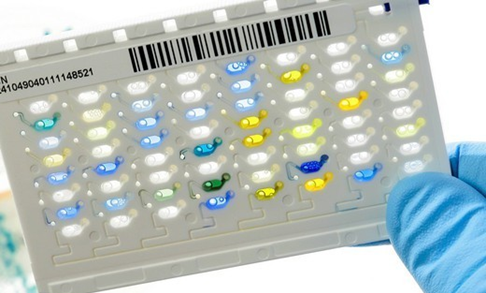STANDARD QUALITY CONTROL STRAINS FOR ANTIBIOGRAM
Quality control strains (or reference strains)are typed cultures of microorganisms with known antimicrobial susceptibility patterns and which are used to ensure consistency, accuracy and reproducibility of a particular susceptibility test. They are important in any disk diffusion test because susceptibility tests are affected by plethora of factors such as incubation temperature, size of the test […]
STANDARD QUALITY CONTROL STRAINS FOR ANTIBIOGRAM Read More »
Antimicrobial Susceptibility Testing (AST) & Antibiogram

